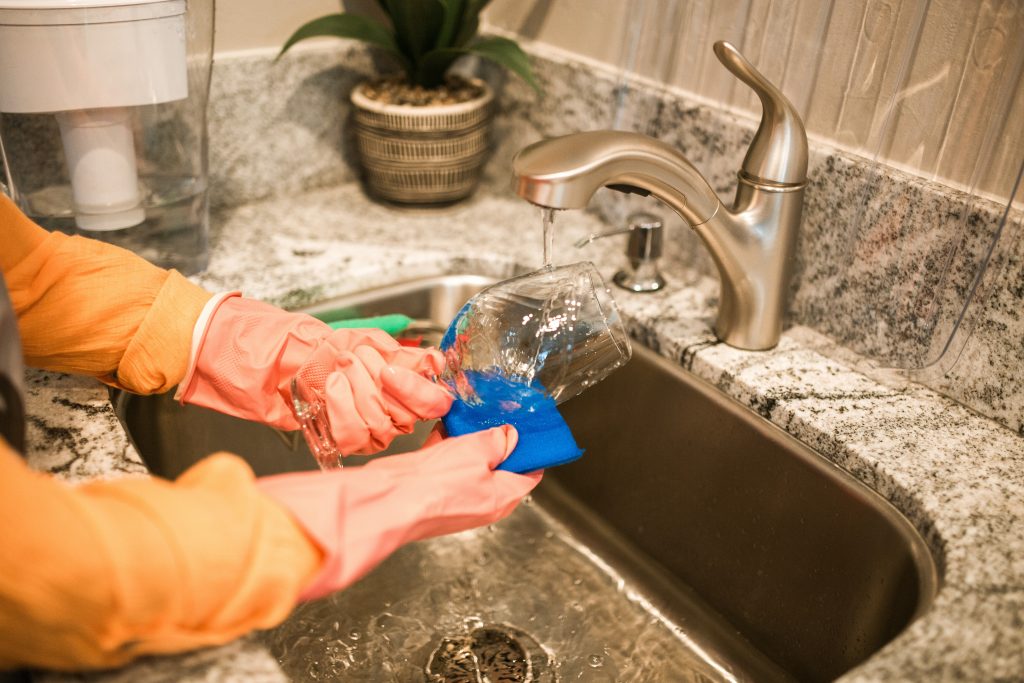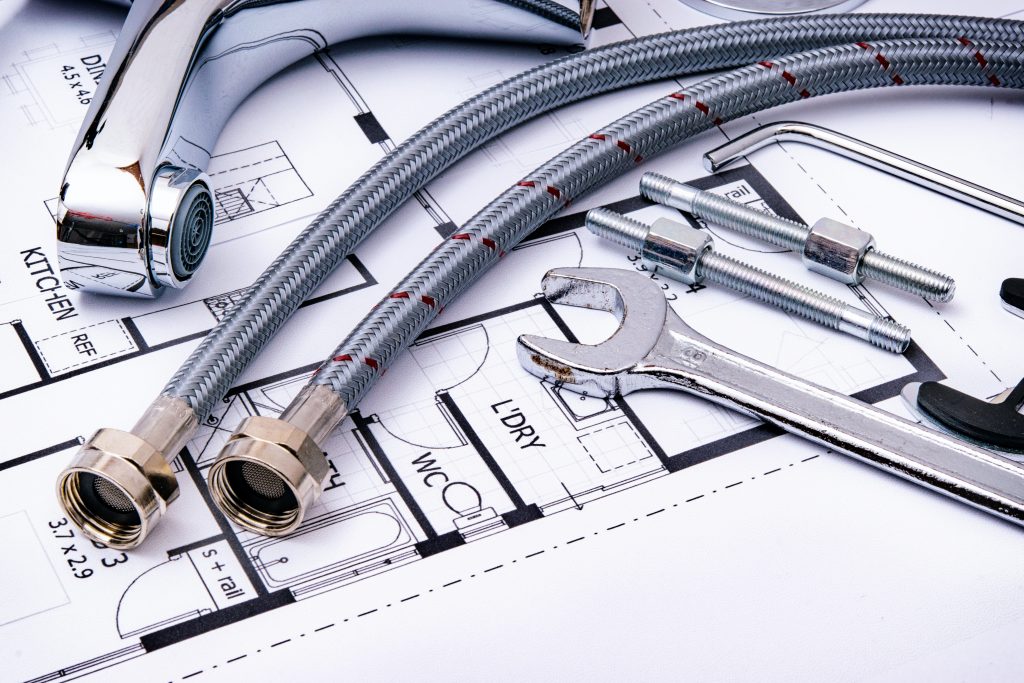
Green plumbing, also known as sustainable or eco-friendly plumbing, focuses on reducing water consumption, conserving energy, and minimizing environmental impact while maintaining the functionality and comfort of residential and commercial buildings. By implementing green plumbing practices, homeowners and businesses can not only reduce their ecological footprint but also enjoy long-term savings on water and energy bills. Let’s explore the principles and benefits of green plumbing and how it contributes to a healthier home and planet.


Green plumbing offers sustainable solutions for reducing water and energy consumption, minimizing waste, and promoting a healthier indoor environment. By incorporating water-efficient fixtures, energy-efficient technologies, and eco-friendly practices into plumbing systems, homeowners and businesses can lower their environmental impact, save money, and contribute to a more sustainable future for generations to come. Whether building a new home or retrofitting an existing property, embracing green plumbing principles can lead to significant benefits for both individuals and the planet.
